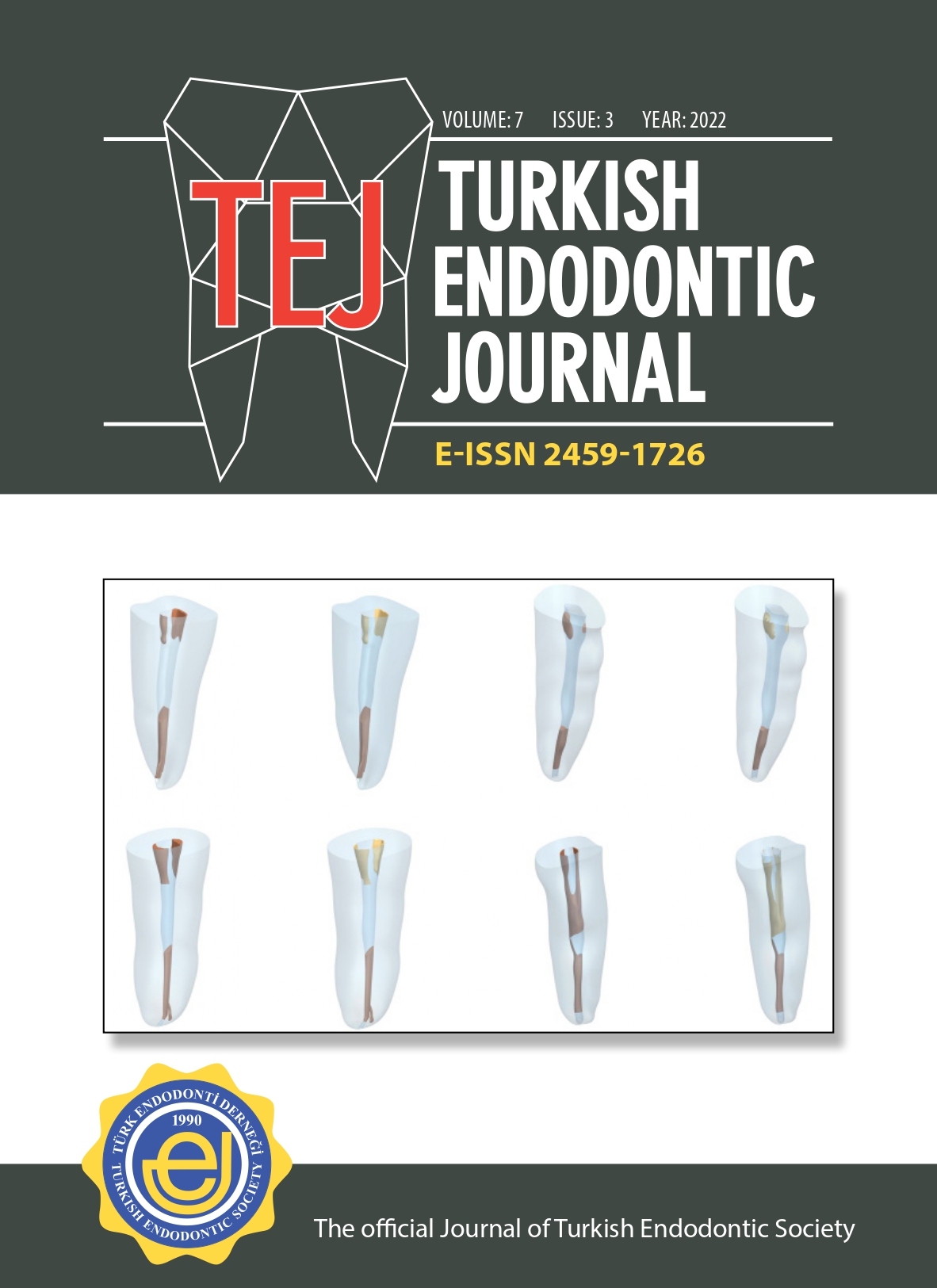Evaluation of the accuracy of the access cavities prepared by undergraduate dental students
Dolu Kaya1, Sema Belli21Nevşehir Oral and Dental Health Center, Nevşehir, Türkiye2Department of Endodontics, Selçuk University Faculty of Dentistry, Konya, Türkiye
Purpose: This study aimed to assess the accuracy of access cavities prepared by undergraduate students at a dental faculty.
Methods: Access cavities prepared by students were evaluated (n = 389). Before the evaluation, additional-printed information was given to the students. The data were collected using two forms (Descriptive Data and Access Cavity Preparation Assessment forms). The forms were completed by one researcher who was previously trained. In the form, “1” and “0” points were given for every “yes” and “no” answer. Descriptive statistics (mean, standard deviation, frequency, and percentage) were obtained and statistically analyzed (Mann–Whitney U, Kruskal–Wallis H tests).
Results: The average total achievement score was 66.58. The achievement scores for third-, fourth-, and fifth-year students were 68.19, 58.02, and 73.58, respectively. The highest achievement scores were recorded in the upper and lower premolars (71.74 and 69.56, respectively), and the lowest scores were recorded for the upper molars (59.59). Insufficient removal of the pulp chamber roof (41.1%), unsupported tissues (29%), pulp chamber damage (14.1%), nonidentified canal orifice (17.2%), insufficient removal of lingual shoulders and pulp horns (49.2% and 27%) in anterior teeth, and incomplete removal of decayed tissues (32.8%) were recorded.
Conclusion: Improvement is still necessary for the current preclinical training program, while more clinical experience should be provided for the dental students in clinics.
Manuscript Language: English


















